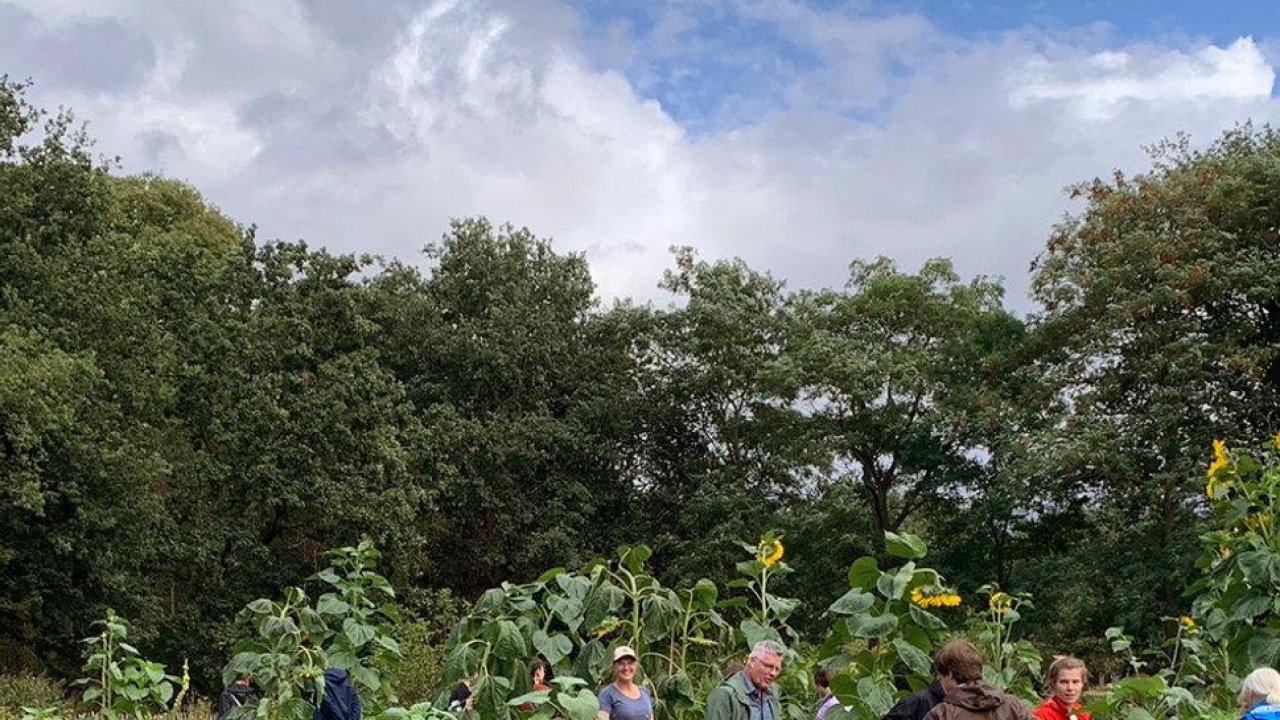
Bodemzicht is a regenerative farm near Nijmegen that produces abundant high-quality food by leveraging only the power of nature’s natural processes.
Bodemzicht: climate farmers for life
In 2020, Anne Van Leeuwen and Ricardo Cano Mateo started a regenerative demonstration farm, Bodemzicht (‘Soil perspective’) at landgoed Grootstal, right next to Nijmegen in the Netherlands. Regenerative agriculture grows top soil, sequesters CO2, increases biodiversity and makes a profit.
Bodemzicht works on changing the perspective in Dutch agriculture: from boundless, degrading monocultures to grounded, resilient farm enterprises. The Bodemzicht team think this involves no less than a culture shift, in which we can all learn a lot from indigenous cultures. Bodemzicht starts with 21st century challenges such as climate change, biodiversity loss and the farmers’ crisis, and translates these into carbon positive, biodiverse and profitable agriculture that revolves around communities.
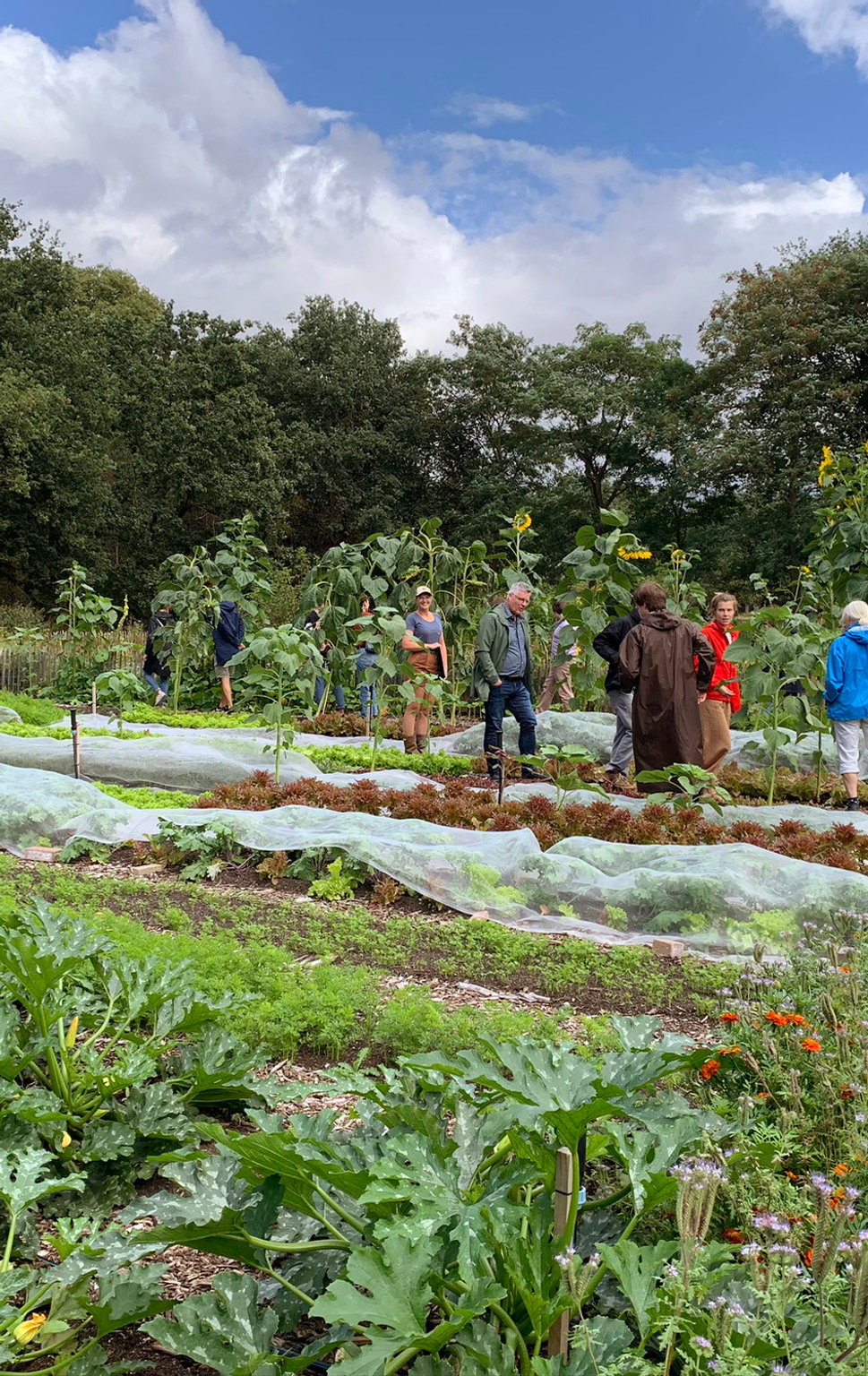
Bodemzicht: working towards a truly sustainable agriculture
Where sustainability is often about reducing a negative impact, regeneration is about making a positive impact. Bodemzicht farm for ecological and social and economic profit. For example, they do not hoe in the vegetable garden (the blades damage the subsoil mycelium network and can kill worms) and they do not use pesticides, which leads to more soil life, more pleasant work in the garden, tasty vegetables and higher production per m2.
Bodemzicht market their products directly and collaborate with lots of other regenerative initiatives to build a close-knit community around the farm.
The chickens mobile coops are constantly moved and do not "get back to start" until the vegetation looks better than it looked before. In this way they can build top soil, capture CO2, increase water retention and fruit production and the chickens can eat fresh grass and insects every day: ‘Where it minimises waste, increases value and strengthens our understanding and collaboration with plants, animals, things and microbes, we use both low and high tech.’
Bodemzicht aims to provide a realistic regenerative alternative to current agriculture and create a long term future for farmers in the Netherlands and Europe. We salute Bodemzicht for working towards a truly sustainable agriculture!
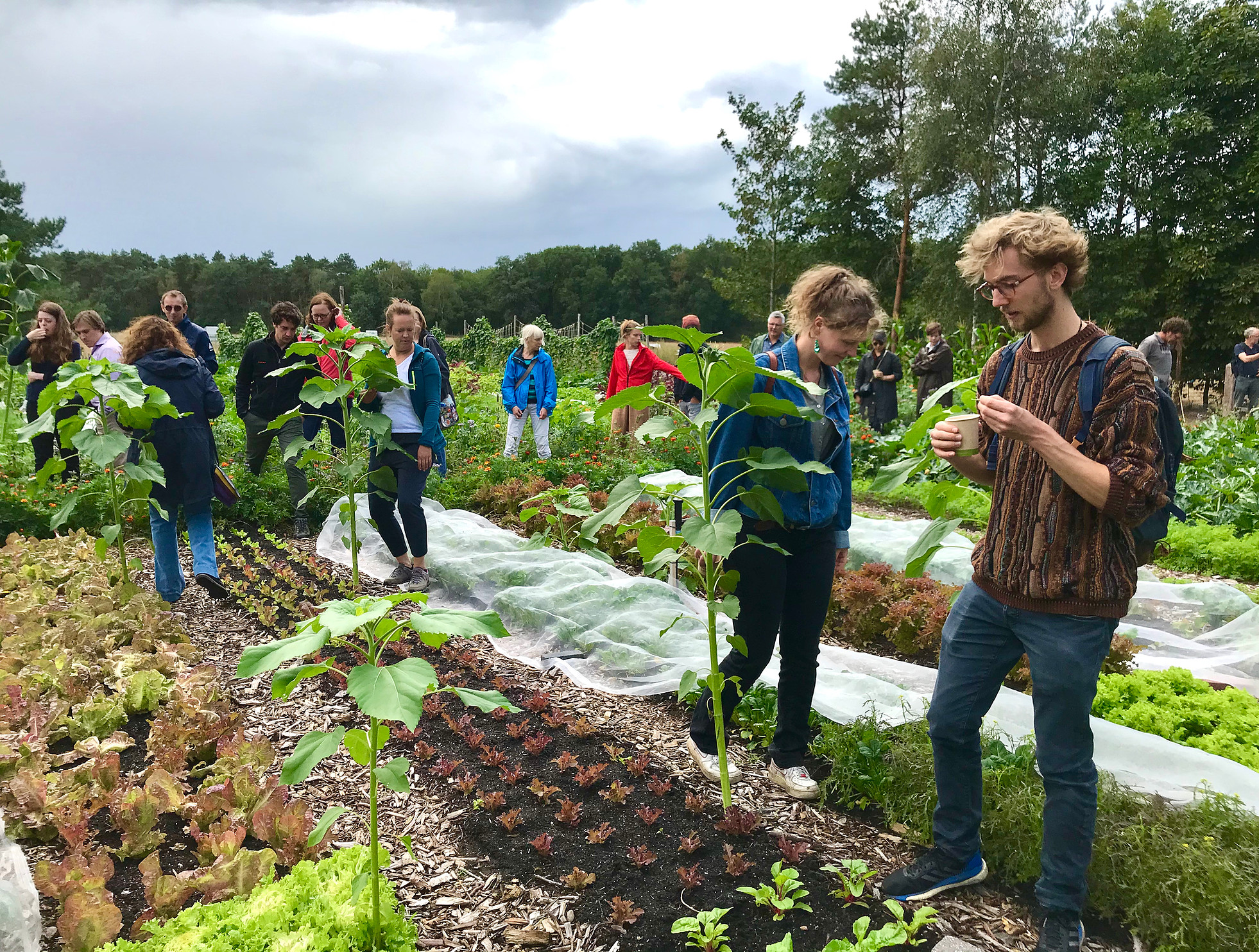
Bodemzicht learning place
Bodemzicht learning place concerns itself with the question “how do we build a regenerative society?”
Farmers, citizens, policy makers, organisations, artists and students are invited to think and work together on this question.
There is a special programme for starting regenerative farmers: from people with a general interest in regenerative agriculture to starting professionals.
The learning place also hosts the ‘regenerative insights’ series that cover fundamental ecological insights: from the holistic management at Bodemzicht to new or other world views befitting the Anthropocene.
In all cases, theory and practice meet at Bodemzicht, where they say we need radical interdisciplinary communication, courage and diversity to work towards a regenerative society. So far they have produced a fantastic working example for others to follow.
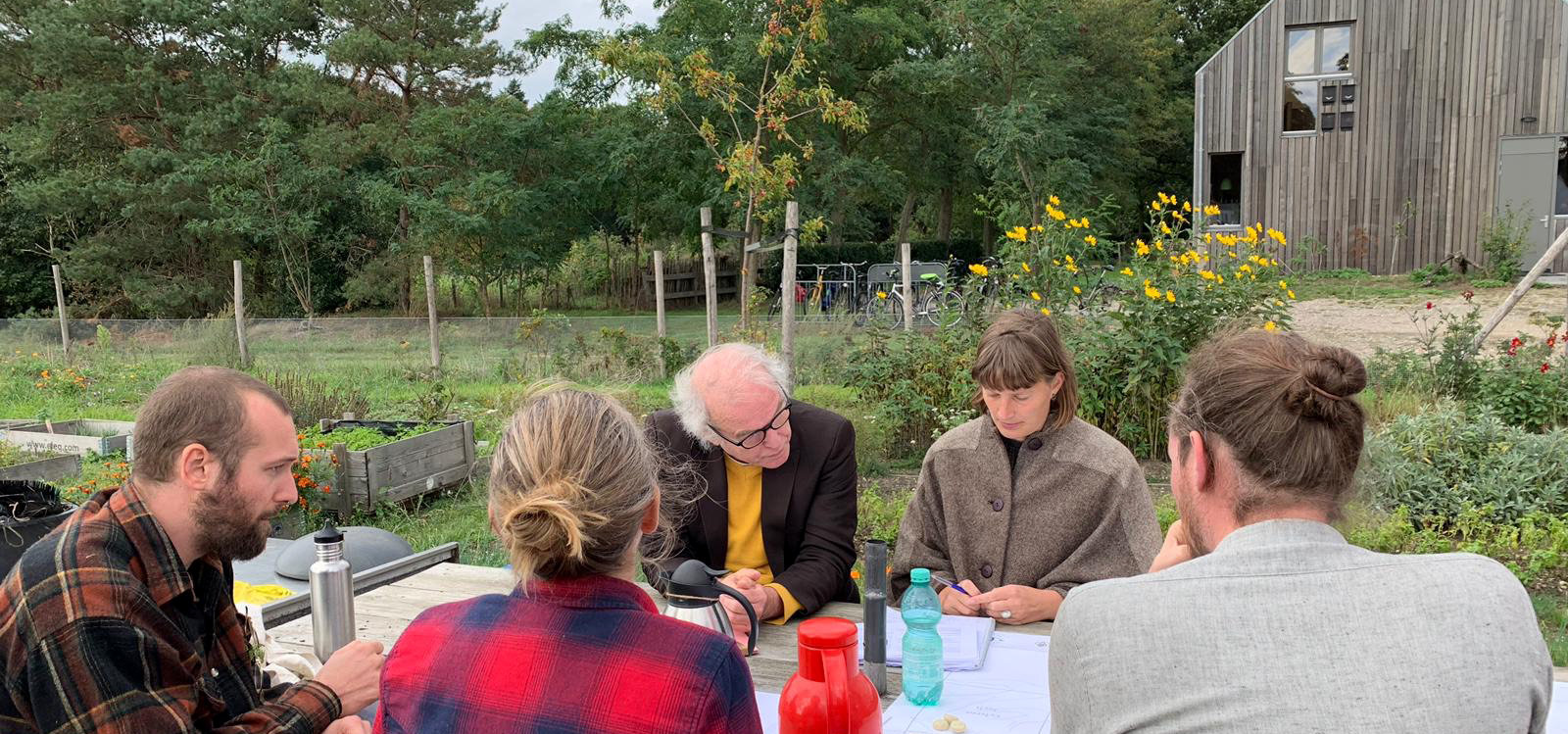
But What Is Regenerative Agriculture?
Foodprint.org describe regenerative agriculture as a holistic systems approach that starts with the soil, and also includes the health of the animals, farmers, workers and community. Regenerative practices also build resilience, mitigating the effects of extreme weather caused by a changing climate. Healthy soil absorbs and retains water, protecting land from both flood and drought; fosters biodiversity; and provides crops with higher nutrient density, especially important when nutrient availability in plants is also expected to fall with rising temperatures.
REGENERATIVE AGRICULTURE’S 5 KEY PRINCIPLES:
1. MINIMISE SOIL DISTURBANCE
Although we think of farmers plowing their fields and turning over fresh soil, it turns out that tillage – breaking it up or turning it over like with a plow — disrupts soil structure and destroys the colonies of beneficial bacteria, fungus and other organisms that are key to healthy soil function. No-till or minimum tillage farming allows the soil structure to rebuild.
2. MAXIMISE CROP DIVERSITY
Planting the same crop in a field year after year – or even rotating two different crops like corn and soybeans, which is the predominant practice in the US — exhausts nutrients in the soil and gives pests a chance to establish a strong foothold. A wide variety of crops instead replenishes nutrients and disrupts lifecycles of pests and disease.
3. KEEP THE SOIL COVERED
Soil left uncovered after harvest – a common practice on US farms – is prone to blow or wash away, taking microbes and minerals important to plant development with it. Cover crops (like rye or vetch, usually grown not for sale but for their huge benefits to the soil), planted after the main crop is harvested, shield soil from the elements, return nutrients lost in the previous crop, and aerate packed down areas.
4. MAINTAIN LIVING ROOTS YEAR-ROUND
Cover crops protect soil from above and from below. A bare field also has no living plant roots underground. Without a root system below ground, soil can become like sand, with nothing to stop it from eroding. Living roots, whether from a cover crop or rotation of a second cash crop, create a web that holds soil particles in place.
5. INTEGRATE LIVESTOCK
Much of the middle of the US used to be covered with prairie grasslands, which co-evolved with bison. That animal grazing stimulated new plant growth while the bison hoofs broke up their manure and worked it into the soil. Grasslands are a fantastic carbon sink, but today those prairies have been turned into corn and soybean fields with degraded soil. With well-managed practices, cattle and other grazing animals turn grassland pastures into exceptionally beneficial ecosystems—even carbon neutral, in some cases.
Source: Foodprint.org
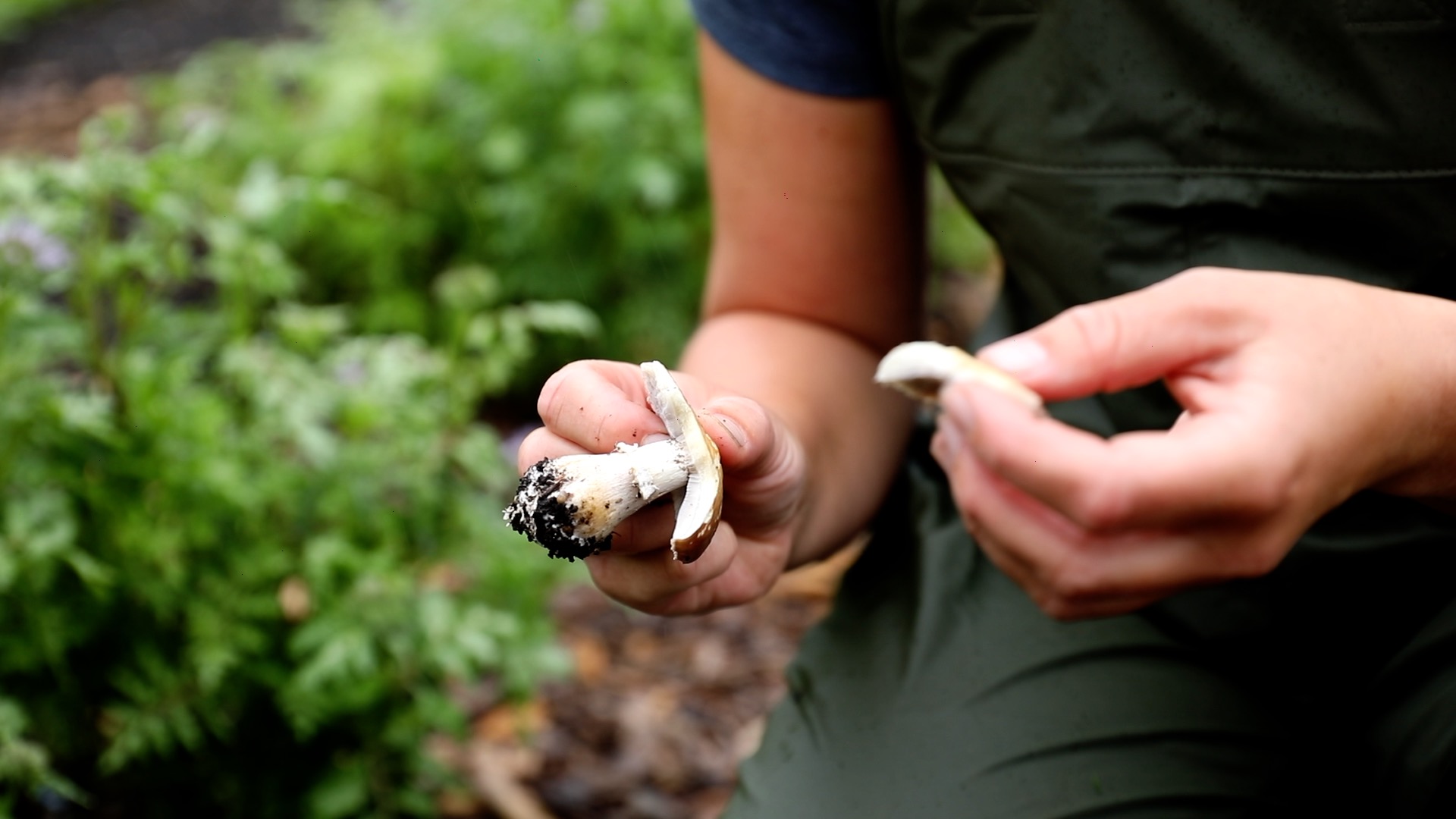
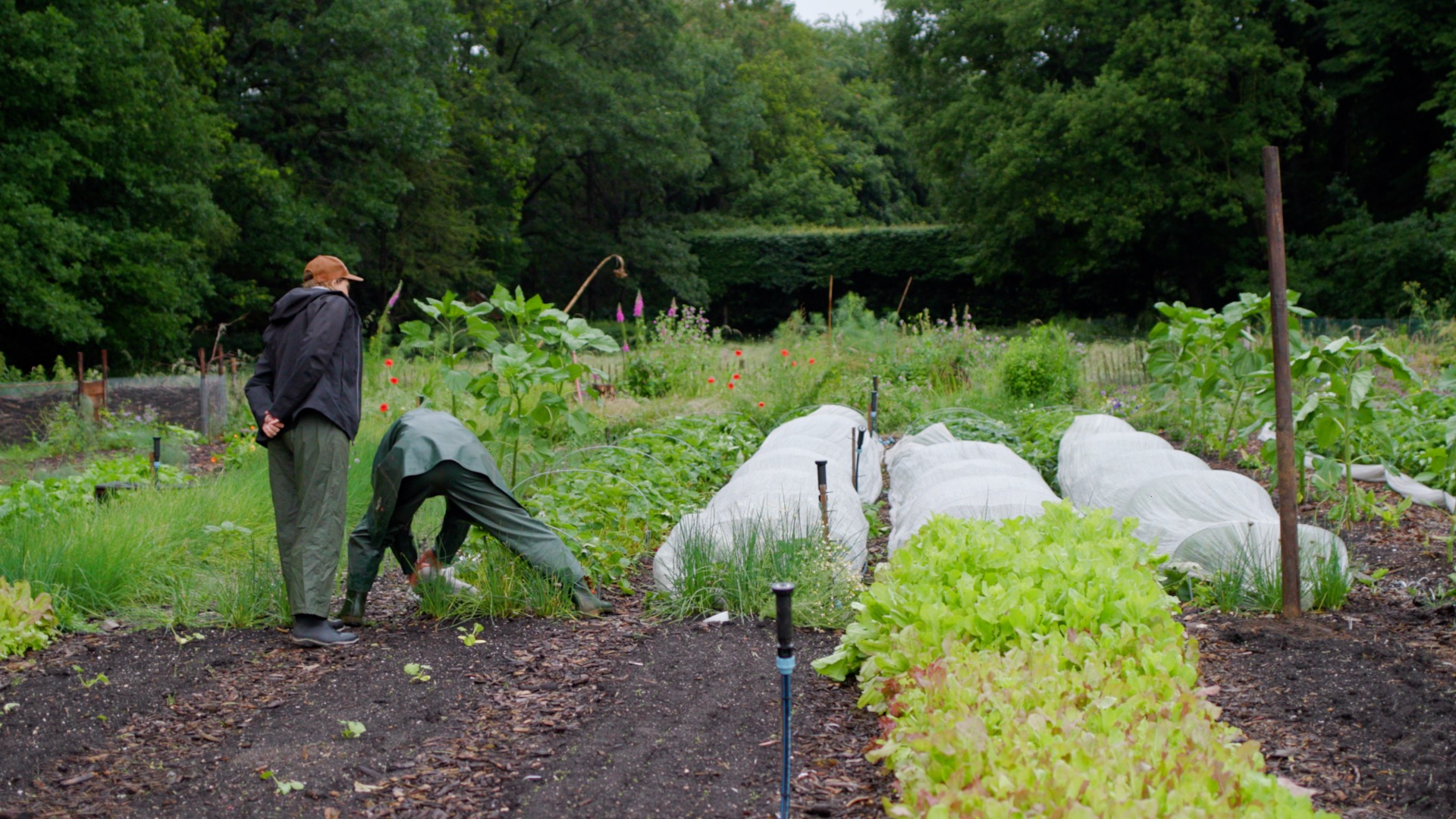
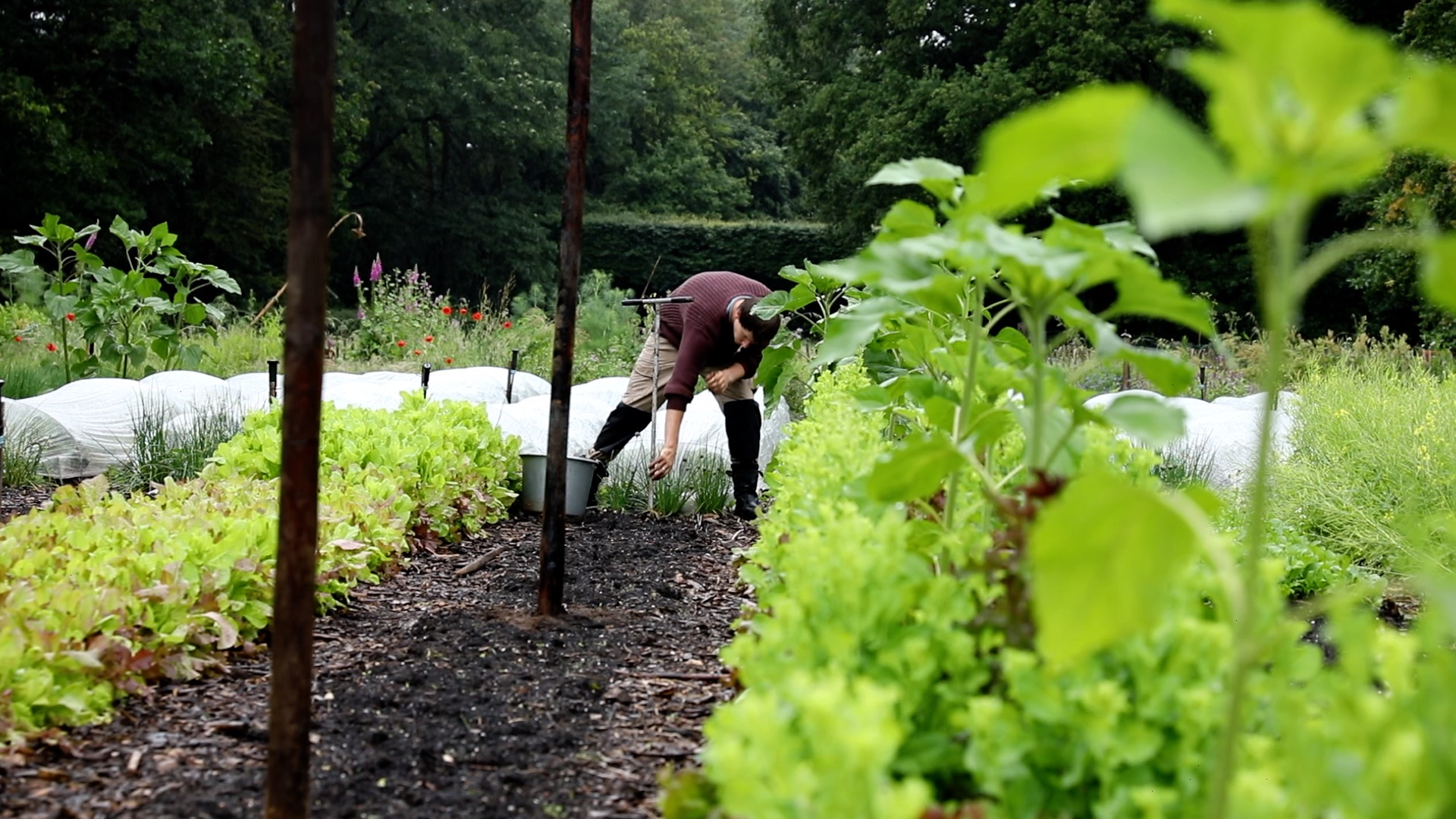
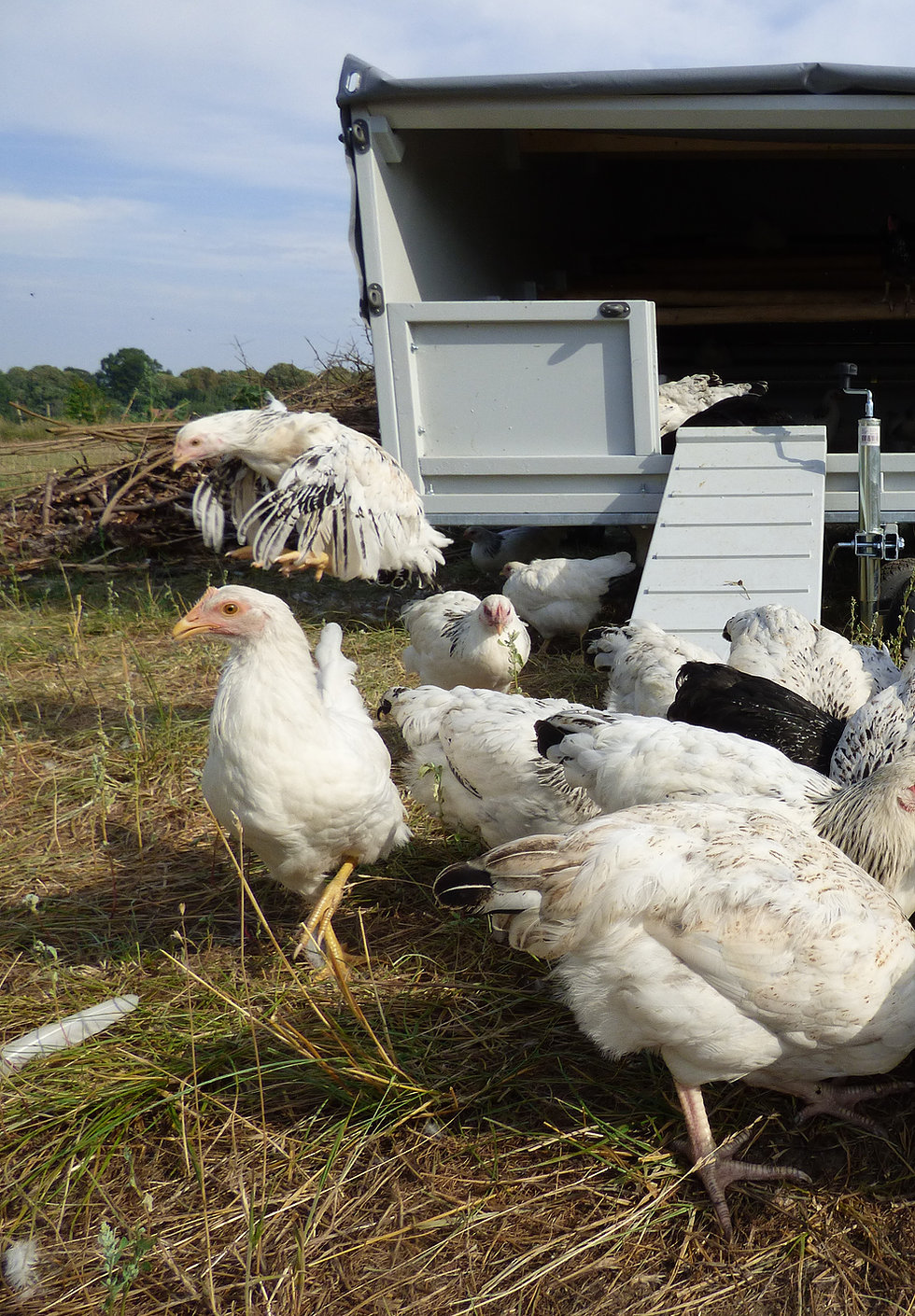
The Sustainable Urban Delta Foundation: promoting locally grown, healthy food
This article is brought to you in partnership with The Sustainable Urban Delta Foundation. The Sustainable Urban Delta Foundation was established to inspire megacities to make choices that open the door to healthy and sustainable urban growth. A crucial element of their approach is the production of local, healthy and fresh food. This can either be done inside cities or on undeveloped agricultural land surrounding cities, known as green belts. We aim to be the catalyst and the connector in order to create a better future. Learn more about Sustainable Urban Delta here.
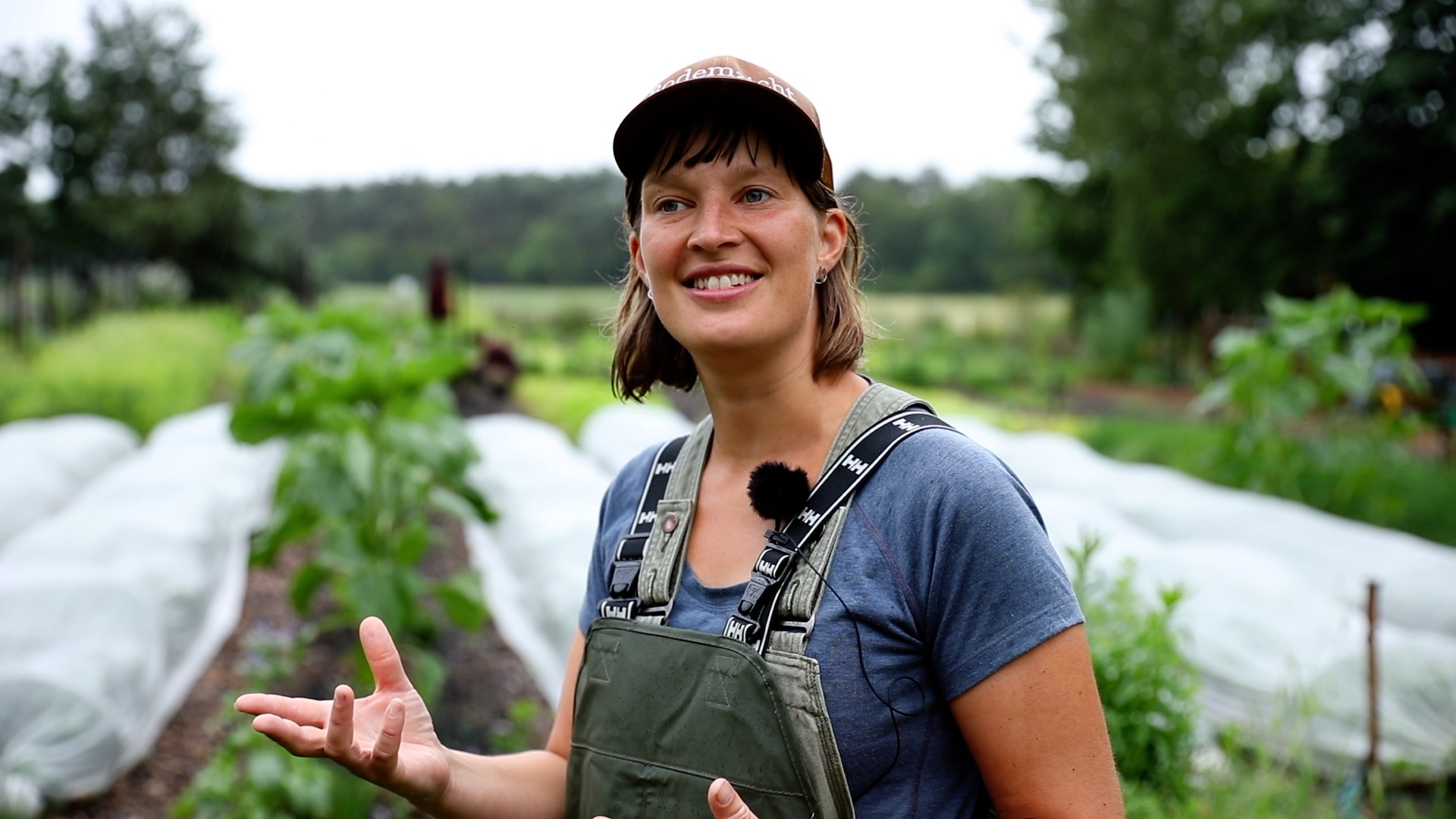
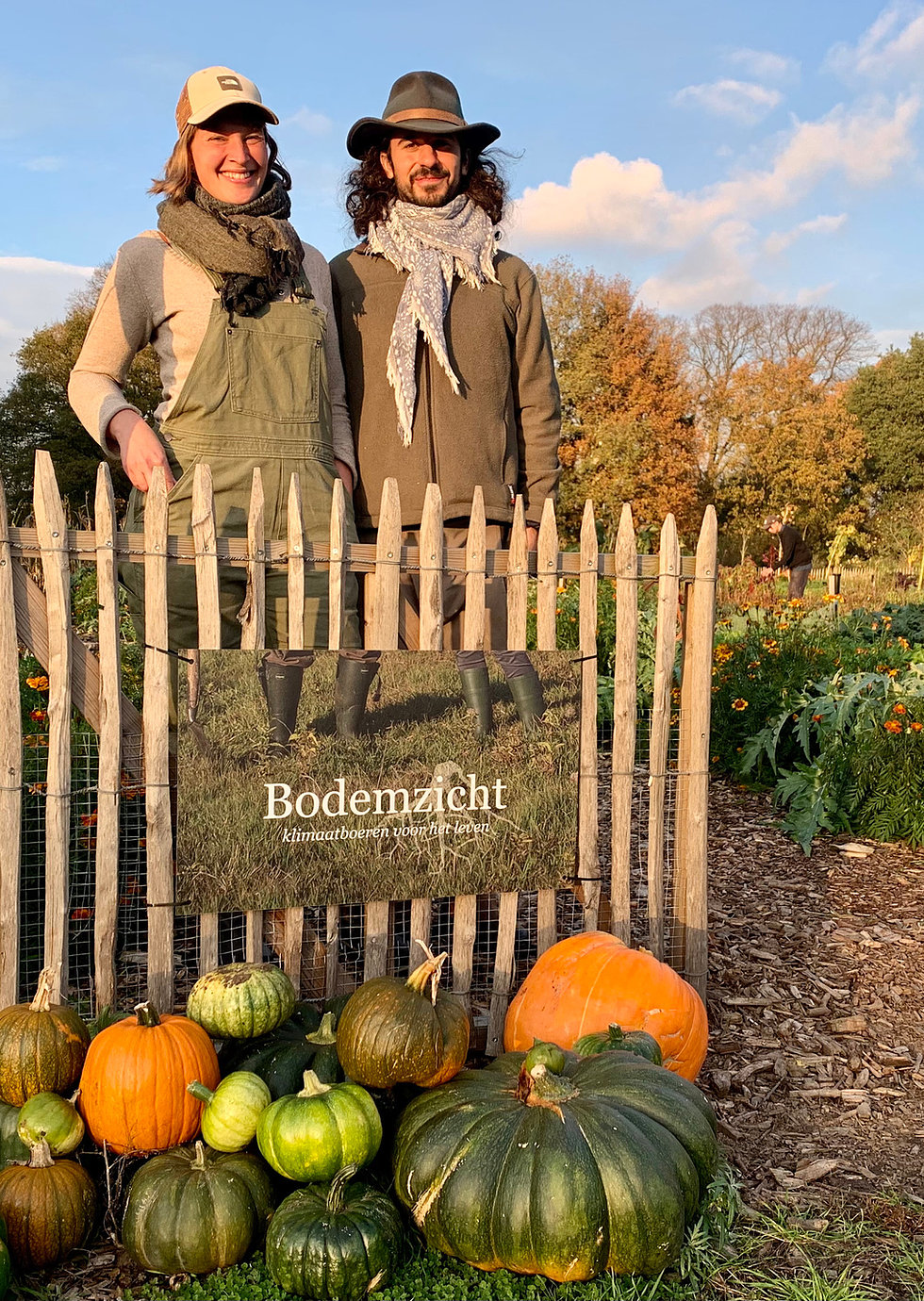
SUSTAINABLE URBAN DELTA: HEALTHY, LOCAL FOOD FOR URBAN LIVING
The Sustainable Urban Delta Foundation is inspiring and empowering cities to become food producing communities, creating a healthy and sustainable living environment. What if the green belts where food is produced were integrated into urban areas? This would create exciting new opportunities on a social, ecological and economic level. But where do we start? It is not as difficult as you think. Sustainable Urban Delta is here to show the world that it is possible. Or better yet: that it’s already happening! Click to learn more.